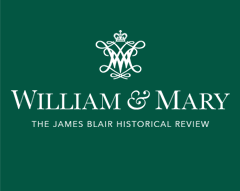Abstract
This article examines the religious and medical phenomenon of the “King’s Touch,” a ritualized healing ceremony by which French and English monarchs were thought to cure their subjects of scrofula (tuberculosis). The prevailing interpretation of the King’s Touch as an intimidating projection of monarchial authority is examined with respect to Charles II of England, whose divine right to lead was challenged by the national memory of Interregnum and Parliamentary rule. Additionally, the agential role of subjects in securing the King’s Touch and potential lay perceptions of the ceremony are discussed. The paper ultimately suggests that both “bottom-up” and “top-down” factors fueled a dramatic rise in King’s Touch healing ceremonies throughout Charles II’s reign (1630-1685). This article contributes to the study of the “politics of access” around Charles II: the degree of seclusion and openness with which he positioned himself in respect to his subjects. In doing so, it aims to utilize the King’s Touch as a lens into popular understandings of monarchial authority following the collective trauma of the English Civil War (1642–1651), taking into account both religious and medical factors.
Recommended Citation
Spensley, Audrey
(2019)
"Interpreting the King’s Touch: Authority and Accessibility in the Reign of Charles II,"
James Blair Historical Review: Vol. 9:
Iss.
1, Article 2.
Available at:
https://scholarworks.wm.edu/jbhr/vol9/iss1/2
